No Supported App For This Nfc Tag
NFC (Near Field Communication) technology has gained popularity in recent years due to its ability to provide a convenient and secure method of communication between devices. It allows for the exchange of data between two devices by simply bringing them close together, usually within a few centimeters. NFC tags, in particular, have become prevalent in various industries and are known for their versatility and usability. However, despite their widespread use, one common challenge users face is the lack of supported applications for certain NFC tags. In this article, we will explore the issue of no supported app for this NFC tag and discuss alternative solutions, popular NFC tag applications, challenges with NFC tag apps, considerations when choosing NFC tags, and future trends and developments in NFC technology.
What are NFC tags?
NFC tags are small electronic chips that can store and transmit information wirelessly. They are typically embedded in objects or attached to surfaces and can be read and written to by NFC-enabled devices, such as smartphones or tablets. NFC tags come in various forms, including stickers, key fobs, and cards, making them suitable for different applications.
How do NFC tags work?
NFC tags use electromagnetic induction to establish communication with NFC-enabled devices. When a device comes into close proximity with an NFC tag, the electromagnetic field generated by the device powers the tag and allows it to transmit information stored on its chip. This seamless and contactless communication enables NFC tags to be used in a wide range of applications.
Key features of NFC technology:
1. Communication range: NFC has a short-range communication distance, typically within a few centimeters. This proximity requirement enhances security and prevents unauthorized access.
2. Security features: NFC technology incorporates various security measures, such as encryption and authentication protocols, to ensure secure data exchange between devices. This makes NFC tags suitable for applications that require sensitive information, such as payment systems or access control.
3. Compatibility: NFC is a standardized technology, which means NFC-enabled devices from different manufacturers can communicate with each other. This interoperability allows for widespread adoption and use of NFC tags across various platforms.
Benefits of using NFC tags:
– Convenience: NFC tags offer a quick and effortless way to interact with digital content or perform specific actions with a simple tap or touch.
– Versatility: NFC tags can be programmed to perform a variety of tasks, such as opening a website or app, sharing contact information, or adjusting smartphone settings.
– Cost-effective: NFC tags are relatively inexpensive, making them a cost-effective solution for businesses and individuals looking to enhance their interactions with customers or simplify routine tasks.
Popular NFC Tag Applications:
1. Payment systems and contactless payments: NFC technology has revolutionized the way we make payments by enabling contactless transactions. By tapping an NFC-enabled device or card on a payment terminal, users can conveniently make purchases without the need for physical cash or credit cards.
2. Access control and security: NFC tags are commonly used for access control systems in businesses, hotels, or residential areas. They provide a secure and convenient way to grant or restrict access to specific areas by simply tapping a device or card on a reader.
3. Smart home automation: NFC tags can be integrated into smart home systems, allowing users to trigger specific actions or control devices by simply tapping an NFC tag. For example, a user can tap an NFC tag near the entry door to turn on the lights, adjust the thermostat, and play their favorite music.
4. Public transportation and ticketing: NFC tags are utilized in public transportation systems to provide contactless ticketing options. Users can easily tap their NFC-enabled devices or cards on ticket readers to pay for fares or access entry gates.
5. Healthcare applications: NFC tags are increasingly being used in the healthcare industry to track and monitor patients, manage medication, and provide secure access to medical records. This improves efficiency and accuracy in healthcare processes.
Challenges with NFC Tag Apps:
While NFC technology has seen widespread adoption, there are still challenges that users face with NFC tag apps. Some of the common challenges include:
1. Limited availability of compatible apps: Certain NFC tags may not be supported by popular apps or have limited options for app compatibility. This restricts the full utilization of the NFC tag’s capabilities.
2. Lack of support for specific NFC tag types: Different NFC tags have varying functionalities and capabilities. Some apps may not support specific tag types, leading to a limited range of usable applications.
3. Compatibility issues between different devices and platforms: NFC’s interoperability comes with challenges when it comes to compatibility between different devices and platforms. An NFC tag that works seamlessly with one device may not function properly with another.
4. Security concerns and potential vulnerabilities: As with any technology, NFC comes with security risks. While efforts have been made to enhance security, there is still the potential for exploitation and unauthorized access to sensitive information.
Alternative Solutions for Unsupported NFC Tags:
If you encounter the “No supported app for this NFC tag” issue with your Xiaomi device or any other NFC-enabled device, there are alternative solutions you can explore:
1. Utilizing generic NFC apps: Generic NFC apps, such as NFC Tools or Trigger, can support a wide range of NFC tags and offer customization options for different tasks or actions.
2. Customizing existing NFC apps: Some NFC apps may allow customization of their functionality to support specific NFC tags. Look for apps that provide customization options or contact the app developers for assistance.
3. Exploring third-party app options: There may be third-party apps specifically designed to support certain types of NFC tags. Search for apps that are compatible with your NFC tag’s specifications and try them out.
4. Creating your own NFC app: If you have the technical skills, you can develop your own NFC app tailored to your specific needs. This gives you full control over the functionality and compatibility with your NFC tag.
Considerations When Choosing NFC Tags:
When selecting NFC tags for your purposes, it is essential to consider the following factors:
1. Compatibility with your devices and platforms: Ensure that the NFC tags you choose are compatible with your NFC-enabled devices, such as smartphones, tablets, or specific operating systems.
2. Understanding the intended use case: Different NFC tags have varying functionalities and storage capacities. Determine your specific requirements to choose the right tag type for your intended use case.
3. NFC tag type and storage capacity: NFC tags come in various types, such as NFC Forum Type 1, Type 2, Type 3, Type 4, or others. Consider the storage capacity needed for your desired functionalities, such as storing URLs, contact information, or app launching actions.
4. Durability and form factor: Depending on your application, consider the durability and form factor of the NFC tags. If the tags will be exposed to outdoor environments or regular wear and tear, opt for more robust options.
Future Trends and Developments in NFC Technology:
NFC technology continues to evolve, and several trends and developments are expected to shape its future:
1. Increasing adoption and integration of NFC: NFC technology is becoming more prevalent in various industries, including retail, transportation, healthcare, and IoT. Its versatility and convenience will likely drive further adoption.
2. Enhanced app and device compatibility: As the demand for NFC grows, developers are likely to invest in improving app and device compatibility. This will enable more seamless experiences for users and expand the range of supported NFC tags.
3. Improved security measures: With the increasing use of NFC in sensitive applications like payments and access control, there will be a focus on further enhancing security measures to mitigate potential risks and vulnerabilities.
4. Advancements in NFC tag manufacturing: The manufacturing process for NFC tags is expected to become more efficient and cost-effective, making them more accessible to a wider range of industries and applications.
In conclusion, the “No supported app for this NFC tag” issue can be frustrating for users looking to utilize the full potential of their NFC tags, such as Xiaomi device users. However, alternative solutions like utilizing generic NFC apps, customizing existing NFC apps, exploring third-party app options, or creating your own NFC app can help overcome this challenge. When choosing NFC tags, consider compatibility, intended use case, NFC tag type, storage capacity, durability, and form factor. With the ongoing advancements and future trends in NFC technology, the adoption, compatibility, security, and manufacturing aspects are expected to further improve, providing enhanced experiences for users across various industries and applications.
Nfc Tag Detected – Couldn’T Read Nfc Tag. Try Again. Nagging Rfid
What Is Nfc Tag Error?
Near Field Communication (NFC) technology has become increasingly popular in recent years, providing convenience and security for various applications such as contactless payments, ticketing, and access control. NFC tags are a crucial component of this technology, acting as a data transmitter and enabling communication between devices when they come into close proximity. However, just like any technology, NFC tags are not exempt from errors or issues that may arise during their usage.
NFC tag errors can occur due to various reasons, including technical glitches, compatibility issues, physical damage, or improper usage. These errors can prevent the desired interaction between devices and disrupt the intended functionality of NFC tags. Understanding the common NFC tag errors and how to troubleshoot them is essential for enhancing the user experience and ensuring smooth operations.
Common NFC Tag Errors:
1. Read Error: This error occurs when an NFC-enabled device fails to read the data on the NFC tag. It can be caused by various factors such as insufficient power, interference from other nearby devices, or the NFC tag’s data being corrupted. To troubleshoot this error, ensure that the device has sufficient battery power, reposition the device to avoid interference, and check if the NFC tag’s data is still intact.
2. Write Error: Write errors occur when attempts to write or modify data on an NFC tag fail. This error can be caused by issues with the device’s NFC chip, insufficient memory space on the tag, or data corruption during the writing process. To resolve this error, try using a different NFC-enabled device or make sure that the NFC tag has sufficient memory capacity. Additionally, double-check the data being written to ensure there are no errors or corruption.
3. Incompatibility: Incompatibility issues can arise when an NFC tag is not compatible with the device attempting to read or write data on it. Different NFC tag technologies, such as NFC Forum Type 1, Type 2, Type 3, Type 4, or proprietary tags, may not always work with every NFC-enabled device. It is crucial to ensure compatibility between the NFC tag and the device by checking the device’s specifications and the NFC tag’s supported protocols.
4. Physical Damage: NFC tags are often exposed to rough handling or extreme environmental conditions, which can cause physical damage. This damage may result in data loss, unreadable tags, or complete malfunction. Protecting NFC tags from physical damage by using appropriate cases or enclosures and avoiding exposure to water, heat, or excessive force is essential to prevent errors related to physical damage.
5. Interference: NFC operates in close proximity, enabling communication between devices by transforming electromagnetic fields. However, strong electromagnetic or radiofrequency interference from other devices, metal surfaces, or electronic equipment can disrupt NFC communication. Avoiding sources of interference and keeping NFC-enabled devices and tags away from other electronic devices may help reduce interference-related errors.
FAQs:
1. Can NFC tags be repaired if they are physically damaged?
In most cases, physical damage to NFC tags cannot be repaired. Once the tag is damaged, it may become unreadable or completely dysfunctional. It is advisable to replace physically damaged NFC tags with new ones.
2. Why does my NFC-enabled device sometimes fail to read NFC tags?
There are various reasons why an NFC-enabled device may fail to read NFC tags. These include low battery power, interference from other devices, NFC tag placement, and corrupted data on the tag. Troubleshooting steps such as checking battery power, repositioning the device, or verifying the NFC tag’s data integrity can help resolve the issue.
3. How can I ensure compatibility between NFC tags and devices?
To ensure compatibility, refer to the device’s specifications and the NFC tag’s supported protocols. Devices typically support multiple NFC tag types, such as Type 1, Type 2, Type 3, and Type 4. Choose an NFC tag that is compatible with your device’s NFC technology to avoid any compatibility issues.
4. What can I do if an NFC tag is not writing correctly?
If an NFC tag is not writing correctly, try using a different NFC-enabled device. Ensure that the NFC tag has sufficient memory capacity to accommodate the data being written. Additionally, double-check the data being written for any errors or corruption.
5. How can I protect NFC tags from physical damage?
To protect NFC tags from physical damage, consider using cases or enclosures designed for NFC tags. These protective accessories can shield the tags from impacts, scratches, or exposure to environmental factors such as water, heat, or excessive force.
In conclusion, NFC tag errors can occur due to various reasons such as technical glitches, physical damage, incompatibility, or improper usage. Understanding common NFC tag errors and following troubleshooting steps can help resolve these errors, enhancing the overall NFC experience. Regularly updating devices, protecting NFC tags from physical damage, and ensuring compatibility between devices and NFC tags are crucial practices for error-free usage of NFC technology.
Why Can’T I Read My Nfc Tag?
Near Field Communication (NFC) is a technology that allows the transmission of data between two devices in close proximity. From mobile payments to simplified pairing of devices, NFC has become an integral part of our lives. However, you may encounter situations where you are unable to read an NFC tag. In this article, we will explore the possible reasons behind this issue and provide solutions to help you troubleshoot and resolve the problem.
1. Insufficient NFC Compatibility:
One of the primary reasons why you may not be able to read an NFC tag is due to device compatibility issues. Not all smartphones or devices have NFC capabilities, so ensure that your device is NFC-enabled. To verify this, go to the device’s settings and look for NFC options. If NFC is available, make sure it is turned on.
2. NFC Tag Format:
NFC tags come in various formats, including NDEF (NFC Data Exchange Format) and proprietary formats. NDEF is the most widely used format, supported by most NFC-enabled devices. However, if you are trying to read a proprietary format tag on a device that only supports NDEF, it will not work. Ensure that your device supports the specific NFC tag format you are trying to read.
3. NFC Tag Placement:
The placement of the NFC tag is crucial for successful reading. NFC tags are usually located on the back panels or battery covers of devices. If for some reason the tag is obstructed, such as if you are using a protective case or if there is excessive dirt or grime, it may prevent proper communication with the NFC reader. Remove any obstructions and ensure a clean surface for the tag and reader to interface.
4. NFC Reader Range:
NFC has a relatively short reading range, typically within a few centimeters. If the distance between the NFC tag and the reader is more than the recommended range, you may encounter difficulties in reading the tag. Ensure that you bring the two devices in close proximity to establish communication.
5. NFC Reader Functionality:
Sometimes, the NFC reader in your device may not be functioning correctly. This can occur due to software glitches or hardware issues. To troubleshoot this, try reading the NFC tag with another device to verify whether the problem lies in the reader. If the tag is read successfully on another device, it indicates a problem with the NFC reader on your primary device, and you may need to seek technical support or repair services.
6. Multiple NFC Tags in Close Proximity:
If you have multiple NFC tags in the same vicinity, it can create interference and confusion for the NFC reader. Ensure that no other NFC-enabled tags are in close proximity to the one you are trying to read. This will help eliminate any potential interference and improve the reading process.
7. Unresponsive Tag:
Sometimes, an NFC tag might become unresponsive due to physical damage or other reasons. Check the tag for any visible damage, and if found, try using a different tag. If the tag is clean and undamaged and still cannot be read, it may be faulty, and you should consider obtaining a replacement.
FAQs:
Q1. What devices support NFC technology?
A1. NFC technology is supported by a wide range of devices, including smartphones, tablets, smartwatches, and even some laptops. However, not all devices have NFC capabilities, so check your device’s specifications or settings to confirm its compatibility.
Q2. Can I activate NFC on my device if it doesn’t come pre-enabled?
A2. In most cases, NFC can be activated through the device’s settings. Check your device’s user manual or support documentation to find the specific steps to enable NFC functionality.
Q3. How do I know which NFC tag format my device supports?
A3. NDEF format is the most commonly supported format on NFC-enabled devices. However, some proprietary formats may also be supported. Check your device’s documentation or consult the manufacturer’s website to determine the supported NFC tag formats.
Q4. Are there any apps required to read NFC tags?
A4. Most NFC-enabled devices have built-in functionality to read NFC tags without the need for additional apps. However, certain specialized functions specific to an NFC tag’s application may require dedicated apps.
Q5. Can I write data to an NFC tag from my device?
A5. Yes, NFC-enabled devices can usually write data to NFC tags as well. Ensure that the specific app or software used for writing NFC tags is compatible with your device.
In summary, if you find yourself unable to read an NFC tag, ensure that your device is NFC-enabled and turned on, check the tag format compatibility, ensure proper placement and cleaning, maintain a close reader range, rule out reader functionality issues, eliminate interference from other tags, and consider replacing unresponsive tags. With these troubleshooting tips and FAQs, you should be well-equipped to overcome NFC tag reading challenges and enjoy the convenience of this versatile technology.
Keywords searched by users: no supported app for this nfc tag Not Supported application for this NFC Tag Xiaomi, NFC not working, This device does not have NFC support
Categories: Top 44 No Supported App For This Nfc Tag
See more here: nhanvietluanvan.com
Not Supported Application For This Nfc Tag Xiaomi
NFC (Near Field Communication) technology has become an essential feature in modern smartphones. It allows devices to establish a wireless connection by simply bringing them close together. Xiaomi, one of the leading smartphone manufacturers, has integrated NFC functionality into many of its devices, including their tag-reading capabilities. While Xiaomi’s NFC tags are incredibly versatile and can be used for a variety of purposes, there are certain applications that are not supported by these tags. In this article, we will explore the limitations of Xiaomi’s NFC tags and address some frequently asked questions regarding their usage.
Xiaomi’s NFC tags are primarily designed to work with their proprietary software and services. They offer convenient features such as quick access to settings, tasks, and functions on your Xiaomi device. However, when it comes to third-party applications, there are certain limitations that users should be aware of.
One of the main limitations is the inability to directly launch or interact with non-Xiaomi apps using NFC tags. This means that you cannot utilize an NFC tag to open third-party applications like WhatsApp, Instagram, or Google Maps. Xiaomi’s NFC tags are limited to interacting with Xiaomi apps and services, which can be a drawback for users who heavily rely on non-Xiaomi applications.
Furthermore, Xiaomi’s NFC tags do not support Bluetooth pairing. Bluetooth pairing is a feature commonly used to connect devices wirelessly, such as Bluetooth speakers or headphones, to your smartphone. The absence of this functionality in Xiaomi’s NFC tags restricts their usefulness in scenarios where integrating non-Xiaomi Bluetooth devices is desired.
Additionally, Xiaomi’s NFC tags are not compatible with payment systems such as Apple Pay or Google Pay. These payment systems utilize NFC technology for contactless payments, allowing users to make transactions through their smartphones. However, Xiaomi’s NFC tags do not support these payment systems, so you cannot utilize them for contactless payments.
Despite these limitations, there are still many practical uses for Xiaomi’s NFC tags. They can be used to automate tasks on your Xiaomi device, such as turning on Wi-Fi, enabling silent mode, or launching specific apps. These tags can be placed in various locations, such as your car, office, or bedroom, to quickly activate customized settings or perform actions with a single tap.
Frequently Asked Questions:
Q: Can I use Xiaomi’s NFC tags to set alarms on my phone?
A: Yes, Xiaomi’s NFC tags support alarm settings. You can program an NFC tag to automatically set an alarm or switch off an existing alarm on your Xiaomi device.
Q: Can I use Xiaomi’s NFC tags to control music playback on my device?
A: Unfortunately, Xiaomi’s NFC tags do not directly support music playback control. They are primarily designed for system settings and interactions with Xiaomi apps.
Q: Is it possible to use Xiaomi’s NFC tags to open websites or specific URLs?
A: No, Xiaomi’s NFC tags cannot directly open websites or specific URLs. They are limited to launching Xiaomi apps and performing system tasks.
Q: Are there any plans to expand the functionality of Xiaomi’s NFC tags to support third-party apps?
A: Xiaomi constantly updates its software and services, so there is a possibility that they may consider expanding the functionality of NFC tags in the future. However, as of now, they are limited to interacting with Xiaomi apps and services.
Q: Can I use Xiaomi’s NFC tags to share contact information with other NFC-enabled devices?
A: No, Xiaomi’s NFC tags do not support contact sharing functionality. They are primarily intended for interactions within the Xiaomi ecosystem.
In conclusion, while Xiaomi’s NFC tags offer convenient features and functions for Xiaomi device users, they do have certain limitations when it comes to third-party applications and services. The inability to directly launch or interact with non-Xiaomi apps, Bluetooth pairing restrictions, and the lack of support for payment systems like Apple Pay or Google Pay restrict their versatility. Nevertheless, Xiaomi’s NFC tags can still be highly useful for automating tasks and accessing Xiaomi apps quickly. It is important to understand these limitations before purchasing and utilizing Xiaomi’s NFC tags to ensure they meet your specific needs and expectations.
Nfc Not Working
Near Field Communication (NFC) technology has become increasingly popular in our connected world. It allows devices in close proximity to establish a wireless connection, making tasks like sharing files, making payments, and pairing devices effortless and convenient. However, like any technology, NFC can sometimes encounter issues, leading to frustration for users. In this comprehensive guide, we will explore the root causes of NFC not working, troubleshoot potential problems, and answer frequently asked questions to help you restore the functionality of this useful feature.
Causes of NFC Not Working:
1. Disabled NFC: The most common cause of NFC not working is accidentally disabling the feature on your device. Ensure that NFC is enabled in your device’s settings, usually found under the ‘Connections’ or ‘Network & Internet’ menu.
2. Insufficient battery power: NFC requires power to function. If your device’s battery is low, it may prevent the NFC feature from working correctly. Ensure your device has adequate battery charge.
3. Physical obstacles: Physical barriers, such as thick protective cases, metal objects, or magnetic fields, can interfere with NFC signals. Remove any obstructions or interference that could be blocking the NFC communication.
4. Software-related issues: Outdated software or system glitches can hinder the proper functioning of NFC. Regularly check for software updates and install them to ensure optimal performance.
5. Compatibility issues: Not all devices or accessories are NFC-compatible. Check the specifications of your device and the device or accessory you are trying to connect, ensuring that both support NFC technology.
Troubleshooting NFC:
1. Enable NFC: Verify that the NFC feature is enabled on your device. Navigate to your device’s settings and make sure NFC is switched on. The exact location of this option may vary depending on the device model and operating system.
2. Restart your device: A simple restart can often resolve temporary NFC issues. Turn off your device and power it back on to refresh the system and re-establish NFC functionality.
3. Check your battery level: Ensure that your device has sufficient battery charge to support NFC operations. If the battery is low, charge it before attempting to use NFC again.
4. Remove physical barriers: Check for any physical objects or barriers that may obstruct the NFC signal. Remove cases, wallets, or any other physical items that may interfere with the NFC connection.
5. Verify compatibility: Confirm that the devices or accessories you are trying to establish an NFC connection with are NFC-enabled and compatible. Refer to the user manuals or specifications of both devices to ensure compatibility.
6. Update software: Check for available software updates for your device and install them. Software updates often address bugs and glitches, including those that may affect NFC functionality.
7. Reset network settings: If NFC issues persist, consider resetting your device’s network settings. This action erases stored network configurations and can help resolve connectivity-related problems. However, note that it will also remove saved Wi-Fi networks and paired Bluetooth devices.
Frequently Asked Questions (FAQs):
Q1. Why is my NFC not working even though it’s enabled?
A1. If NFC is enabled, but not working, it could be a compatibility issue between devices, physical obstructions, or software-related issues. Refer to the troubleshooting steps above to address these potential causes.
Q2. Can NFC work if my device’s screen is off?
A2. Yes, NFC can work even if your device’s screen is off. NFC, unlike some other wireless communication methods, does not require an active screen to initiate or facilitate the connection.
Q3. Can NFC work if my device has a cracked screen?
A3. In most cases, NFC should work even if your device has a cracked screen. However, in severe cases where the NFC antenna is damaged, NFC functionality may be affected. Consider getting your screen repaired to restore NFC performance.
Q4. Does NFC require an internet connection?
A4. NFC does not require an internet connection to establish a connection between devices. However, some NFC use cases, such as making mobile payments or sharing web content, may require an internet connection to complete the associated tasks.
Q5. Can NFC work if my device battery is below 20%?
A5. NFC functionality may be affected if your device battery is below 20%. It is advisable to charge your device before attempting to use NFC to ensure optimal performance.
In conclusion, NFC technology offers numerous conveniences, but encountering issues with its functionality is not uncommon. By understanding the potential causes and following the troubleshooting steps mentioned above, you can often resolve NFC-related problems and restore the smooth functioning of this valuable feature. Remember to keep your device’s software up to date, check compatibility, and remove any physical barriers that may obstruct NFC signals.
This Device Does Not Have Nfc Support
Near Field Communication (NFC) has become a vital feature in modern smartphones and electronic devices. It enables contactless communication, allowing users to simply tap their devices together to transfer data, make payments, or share information. However, not all devices come equipped with NFC support. In this article, we will delve into the limitations of a device without NFC and address some frequently asked questions regarding this topic.
NFC – A Brief Overview
NFC technology works through electromagnetic radio fields, enabling two NFC-enabled devices to communicate when they are in close proximity (around 4 cm). Its range is intentionally limited to ensure secure and private data sharing. NFC has revolutionized the way we access information, make payments, and interact with our surroundings.
The Absence of NFC: Limitations and Drawbacks
While NFC offers numerous advantages, some smartphone models and other electronic devices lack this feature. Here are a few limitations and drawbacks that come with a device without NFC support:
1. Limited Payment Options: NFC has paved the way for contactless payments using smartphones. Devices without NFC support are unable to leverage this feature and rely on traditional payment methods, such as credit cards or cash.
2. Inability to Share Information Instantly: NFC enables seamless data transfer between devices. Without NFC support, users must resort to older methods, like Bluetooth or Wi-Fi, which often require additional steps to connect and share information.
3. Compatibility Restrictions: Electronic devices, such as wireless headphones or speakers with NFC, require NFC support to pair effortlessly with smartphones. Without NFC, users may need to rely on traditional pairing methods, which can be more time-consuming and less intuitive.
4. Less Efficient Access to Information: NFC tags are widely used to quickly access information or perform specific functions. These tags can trigger actions like launching apps, connecting to Wi-Fi networks, or adjusting settings on NFC-enabled devices. NFC-absent devices cannot benefit from these convenient shortcuts.
5. Missed Opportunities in Smart Home Integration: NFC-enabled smartphones can seamlessly integrate with smart home systems. Without NFC support, one may lose out on the convenience of controlling lights, thermostats, or security systems with a simple tap.
FAQs
1. Can devices without NFC still be used for mobile payments?
Yes, devices without NFC can still be used for mobile payments, but they rely on other technology to facilitate transactions. They typically require a magnetic strip reader or a chip reader to process payments, similar to traditional credit cards. Mobile payment apps, such as Samsung Pay or Google Pay, can be used on these devices in conjunction with other payment methods.
2. Can devices without NFC transfer data between each other?
Devices without NFC can transfer data to other devices through alternative methods, such as Bluetooth, Wi-Fi, or physical connections like USB cables. These methods may require additional steps and can be less efficient compared to the seamless touch-to-transfer experience that NFC provides.
3. Can NFC be added to a device without native NFC support?
No, NFC is a hardware component embedded in a device during its manufacturing process. If a device does not have native NFC support, it cannot be added later through software updates or external hardware. Only devices specifically built with NFC technology can support it.
4. How can I determine if my device has NFC support?
To check if your device has NFC support, go to the settings menu on your smartphone or electronic device and look for the NFC option. If it’s present, your device supports NFC. However, not finding the option does not necessarily mean your device lacks NFC support, as it may be listed under a different name or its presence may depend on device model and regional variations.
Conclusion
NFC technology has become increasingly popular among smartphone users due to its convenience and ability to simplify everyday tasks. Nonetheless, not all devices have NFC support. Understanding the limitations and drawbacks of a device without NFC is crucial for users to make informed decisions based on their specific needs and requirements. While lacking NFC support may limit certain capabilities, alternative methods and technologies are available to compensate for this absence.
Images related to the topic no supported app for this nfc tag
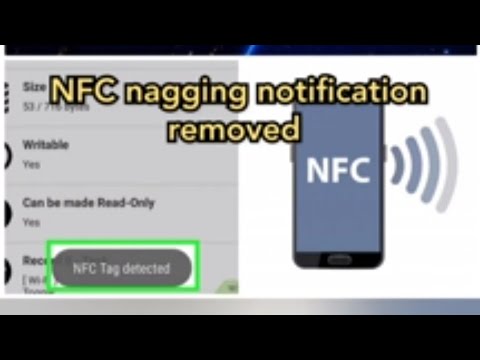
Found 27 images related to no supported app for this nfc tag theme

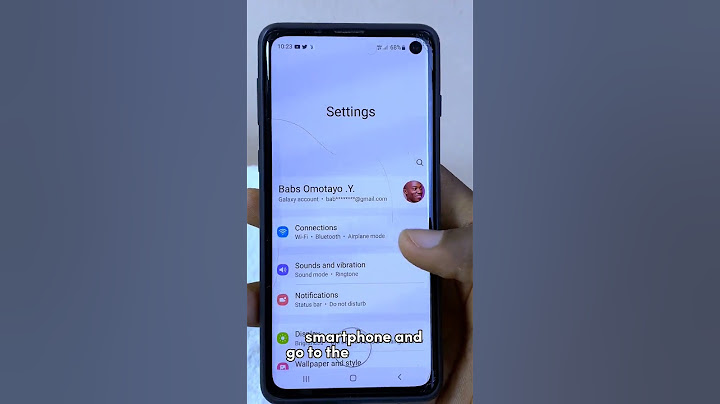
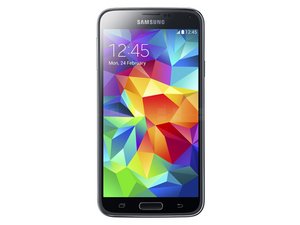

















.png)
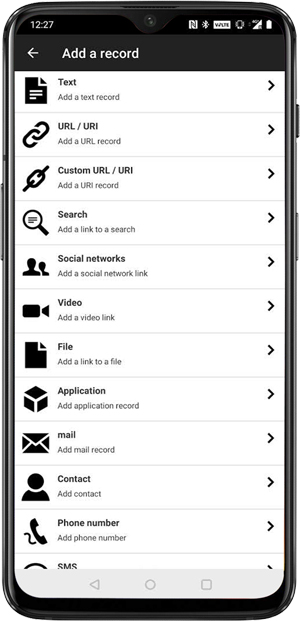
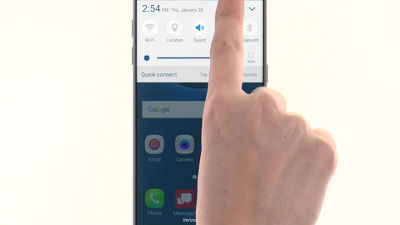
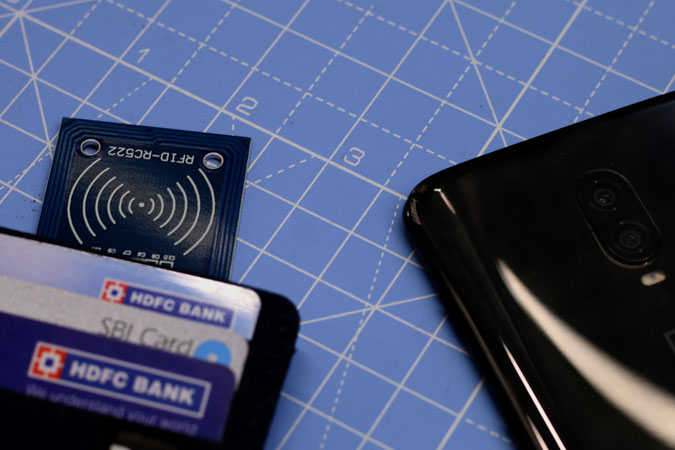



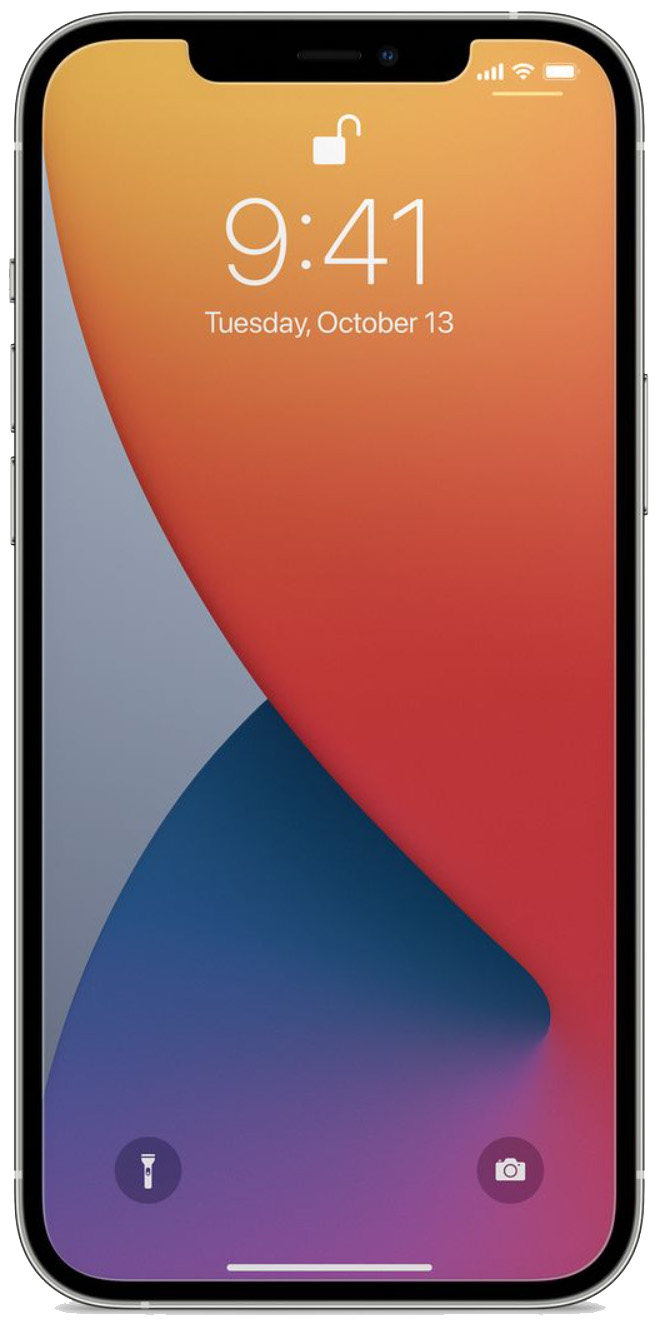

.png)




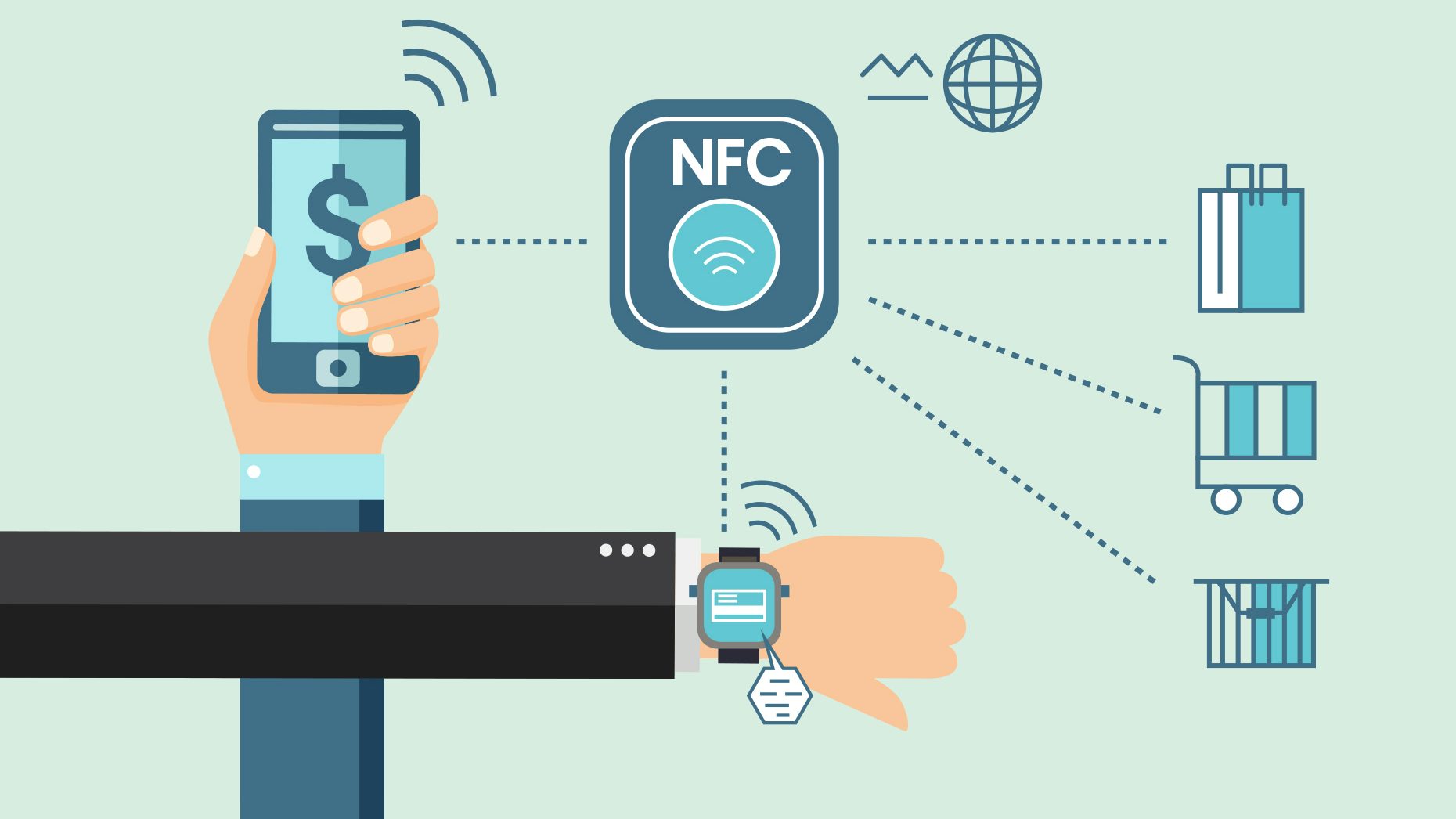


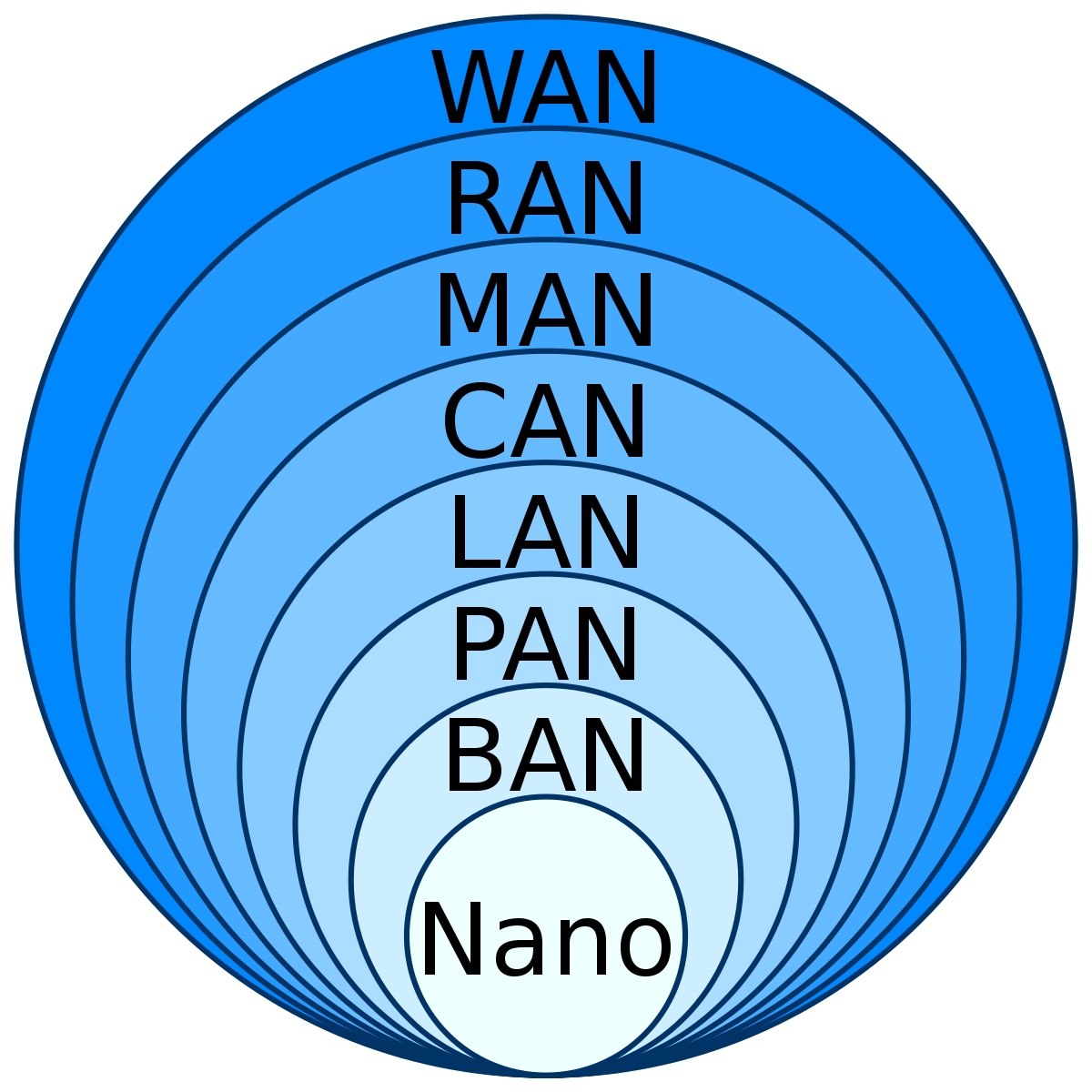
![SOLVED] No Supported App For This NFC Tag | Yoodley Solved] No Supported App For This Nfc Tag | Yoodley](https://i.ytimg.com/vi/gUHkGQdLCqw/maxresdefault.jpg)

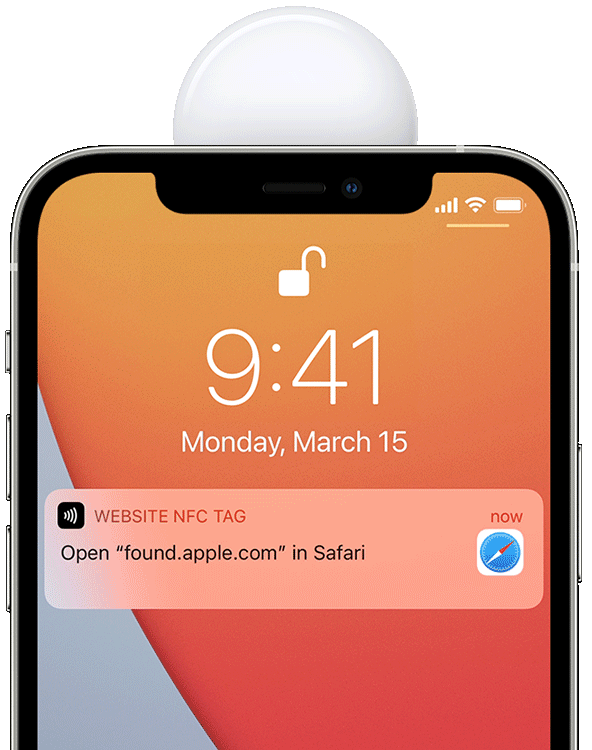

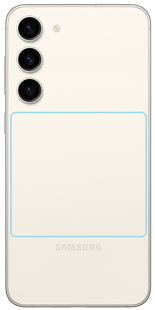


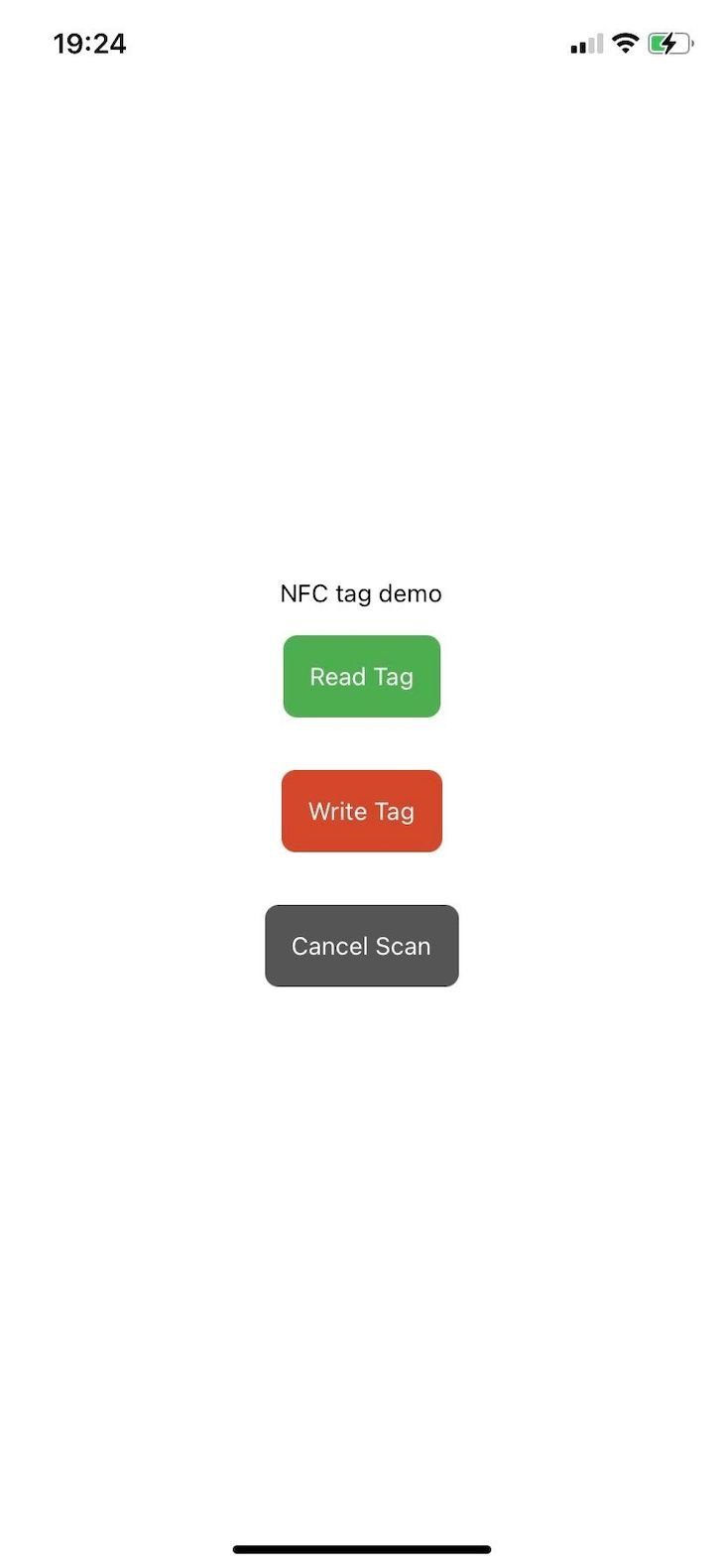
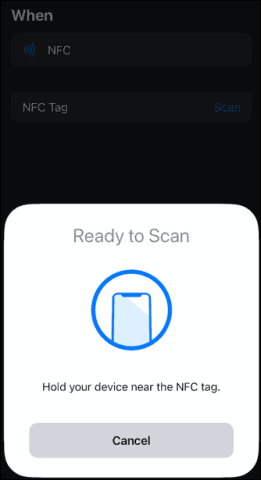
Article link: no supported app for this nfc tag.
Learn more about the topic no supported app for this nfc tag.
- What does ‘no supported app for this NFC tag’ mean? 3 Fixes
- The message “Read error” appears frequently (Android 8.0 or lower)
- Solutions When You Cannot Read the NFC Tag – Epson
- Fix issues with tap to pay transactions – Google Pay Help
- How to Use NFC tags for Android & iPhone – IFTTT
- How to fix “No Supported App for this NFC tag” error?
- How to Fix ‘No Supported App for this NFC Tag’ Error?
- FIX: No supported app for this NFC tag Android (Samsung)
- Solved: ‘No Supported App For This NFC Tag’ Pop-Up
- How to Fix No Supported App for this NFC Tag?
- [SOLVED] No Supported App For This NFC Tag
- Easy Fix: No Supported App For This NFC Tag
- Why Does My Phone Keep Saying NFC Tag Not Supported?
See more: https://nhanvietluanvan.com/luat-hoc/